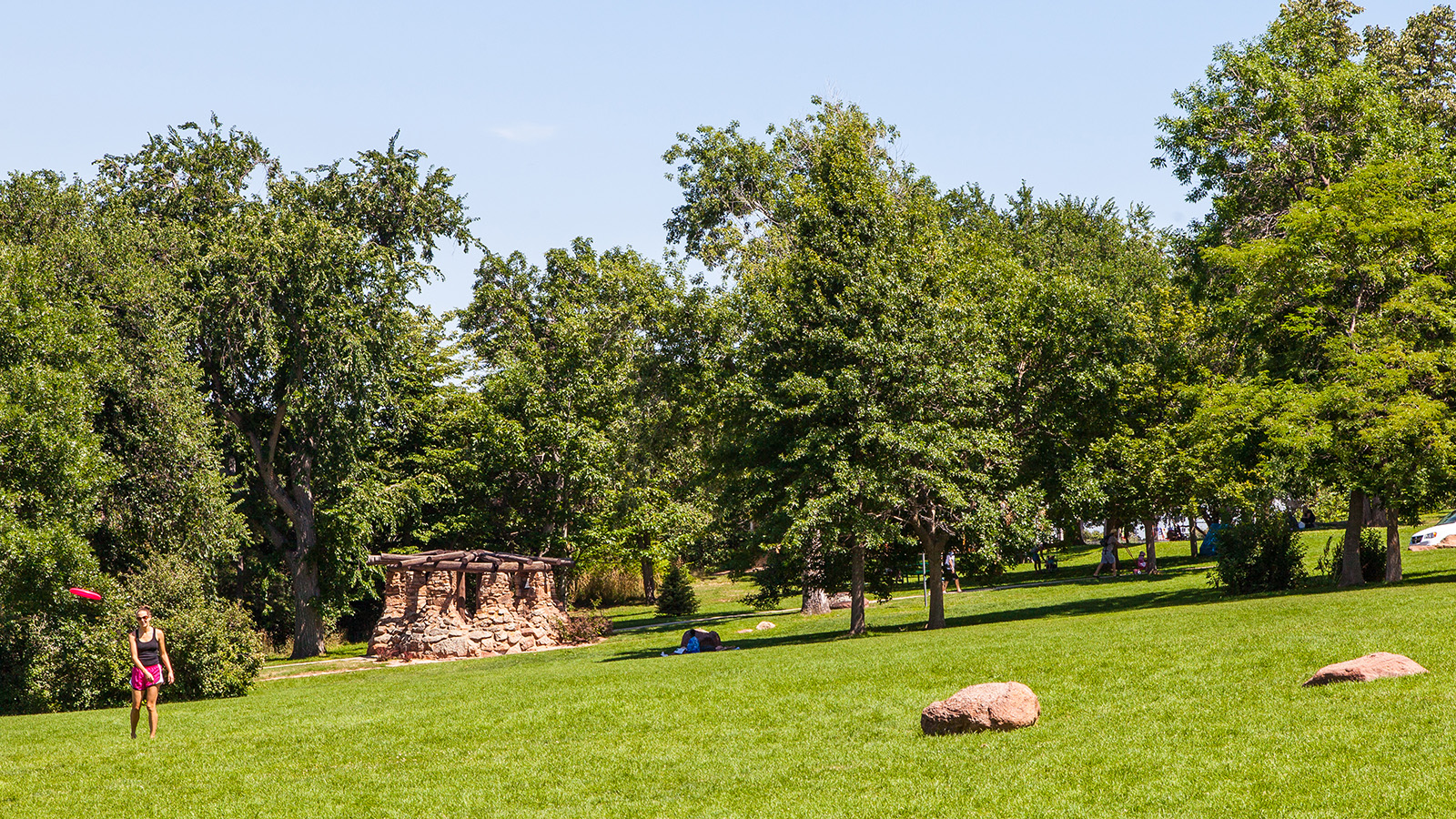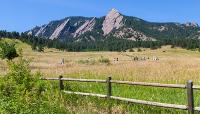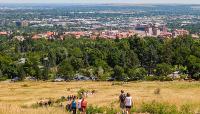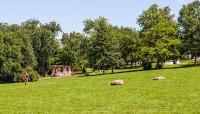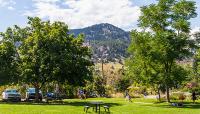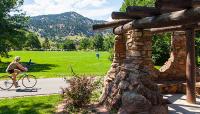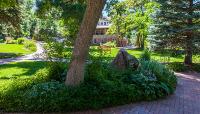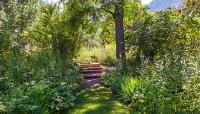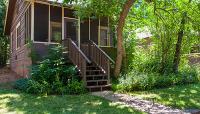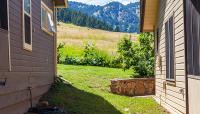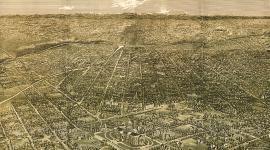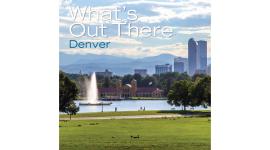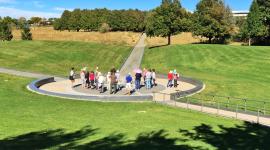Landscape Information
Overlooking Boulder at the base of Green Mountain, this former 171-acre ranch was purchased by the City of Boulder in 1898 to serve as a cultural and natural retreat. A traveling assembly of teachers, performers, and preachers occupying tent cities on rural landscapes, the “chautauqua movement” was popular from the 1880s to the 1920s and manifested in some locations as permanent seasonal camps.
In Boulder, the site was immediately platted with a grid of streets extending across the sloping, triangular site and the Auditorium and Dining Hall were constructed. The property quickly developed to include some 60 permanent wood frame cottages, a six-room school, and a circular ornamental fountain. Adopted by the city in 1904, W.W. Parce completed the site master plan which included the 10-acre ovoid meadow park known as Chautauqua Green. Two years later a stone promenade was constructed to surround the Auditorium. In 1907 a garden of evergreens, flowers, and meandering paths was laid out and a year later the rustic Arbor was built. A housing grid with consistent setbacks was established and plantings of cottonwoods, silver maples, and American Elms were added to an existing apple orchard. With the construction of a water reservoir and inspired by the rustic style popularized in the West by the National Park Service, growth continued into the 1940s.
Though the site slowly deteriorated through the following thirty years, revitalization began in 1978 with Chautauqua Park’s listing in the National Register of Historic Places. The 40-acre Chautauqua Park Historic District was designated a National Historic Landmark in 2006.




